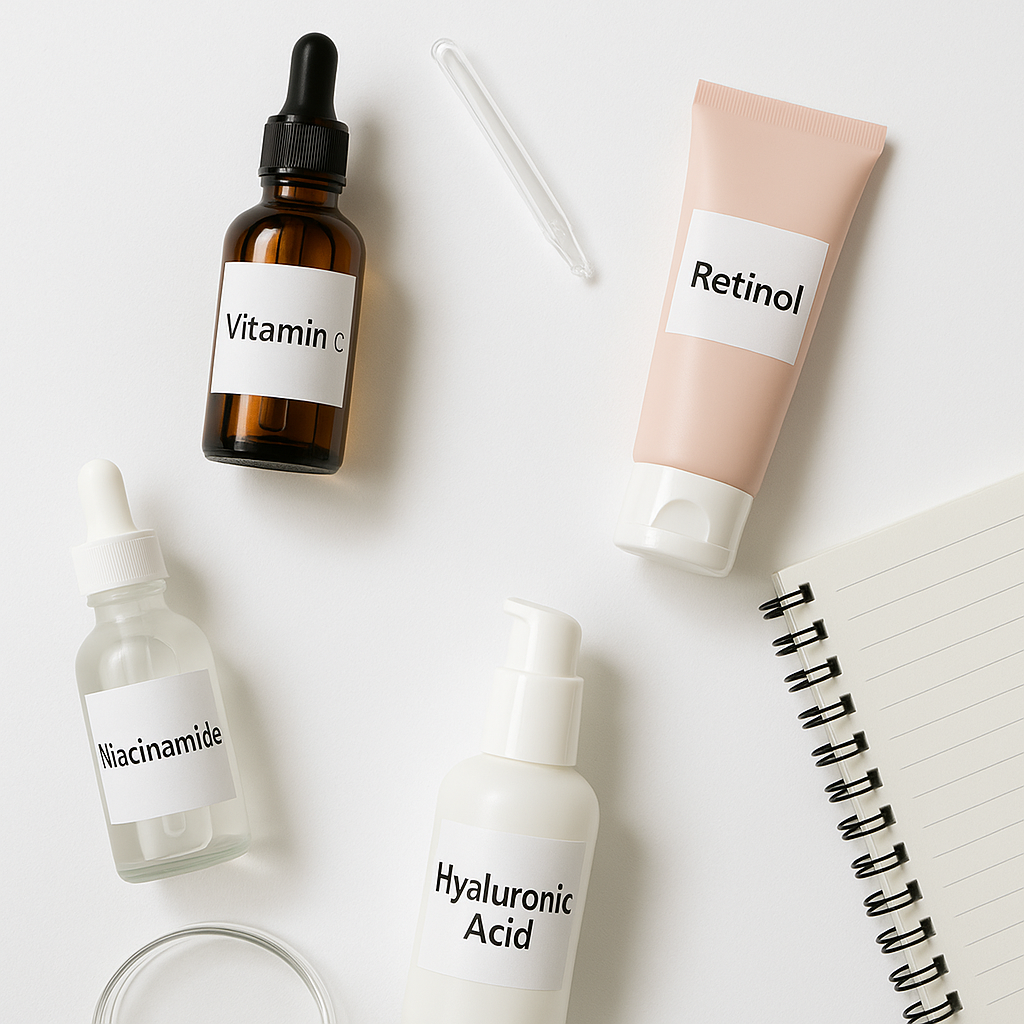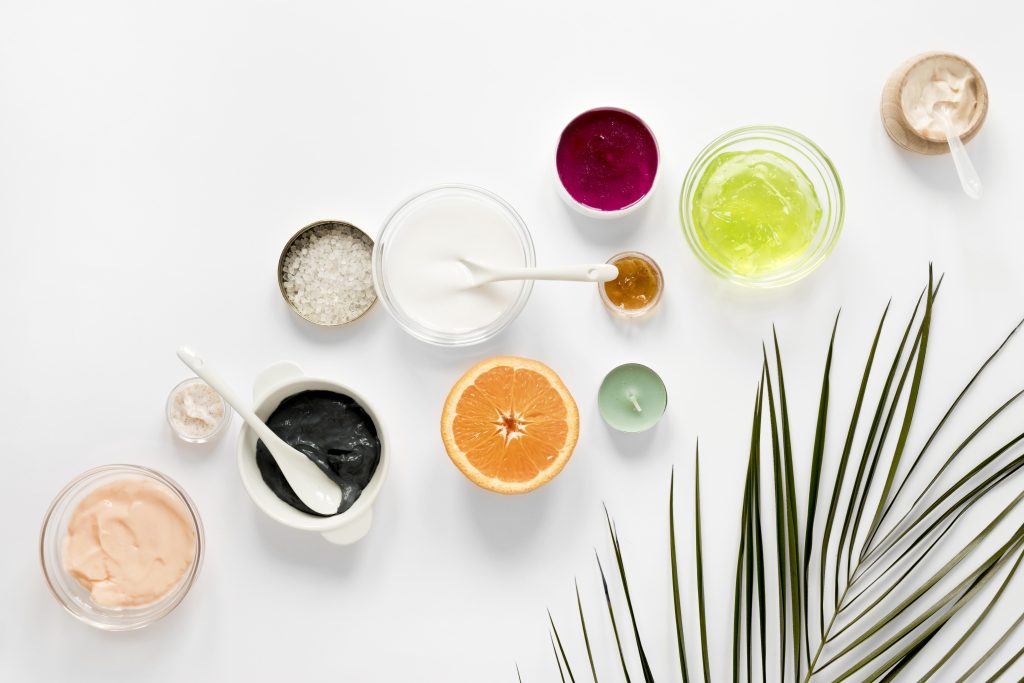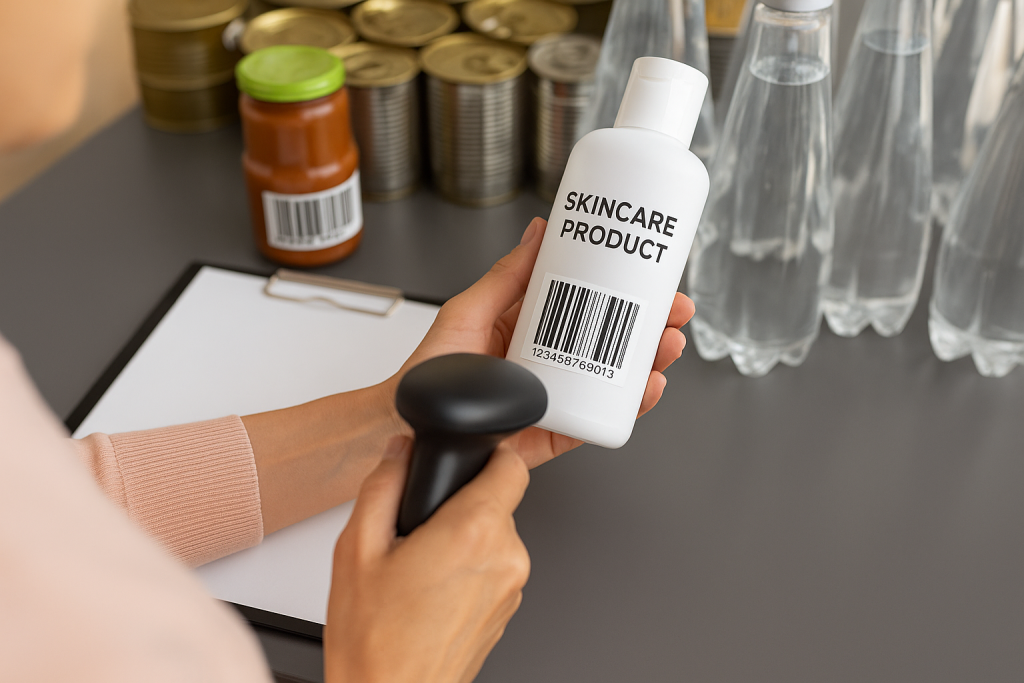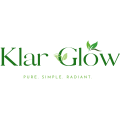In the ever-evolving world of skincare, active ingredients in skincare are more than just a buzzword — but they form the foundation of effective products. Infact, powerful components are responsible for delivering real, visible results. So, whether you’re looking to brighten your complexion, fight acne, reduce wrinkles, or hydrate your skin, active ingredients are what do the heavy lifting. Therefore, understanding them is crucial for making informed choices that align with your skin’s unique needs.
So in this blog, will unpack what active ingredients in skincare are, explain how they work, popular ones to look for, how to read labels, and how to incorporate them into your skincare routine. Therefore, let’s decode the science for glowing, healthy skin.

What Are Active Ingredients?
Active ingredients are components in skincare products that are biologically active — meaning they target and improve specific skin concerns. Because they are backed by clinical studies and scientific data, and their concentration in a formulation directly influences its effectiveness.
These ingredients go beyond basic hydration or cleansing. Instead, they treat concerns such as:
Acne
Hyperpigmentation
Fine lines and wrinkles
Dehydration
Sensitivity and redness
Uneven texture or dullness
Therefore, a skincare product to make a claim (like “brightens skin” or “reduces acne”), it must contain active ingredients that support that claim.
Common Active Ingredients & Uses

- Vitamin C (Ascorbic Acid)
Function: Brightens skin, fades dark spots, boosts collagen production, protects against sun damage.
Best For: Dullness, pigmentation, uneven tone.
Pro Tip: Look for Vitamin C serums with 10–20% L-ascorbic acid in a dark, airtight bottle to preserve potency.
2. Retinoids (Retinol, Retinal, Tretinoin)
Function: Speeds up cell turnover, reduces fine lines, improves texture, treats acne.
Best For: Aging skin and acne-prone skin.
Caution: But can cause dryness or irritation; always follow with a moisturizer and sunscreen.
3. Niacinamide (Vitamin B3)
Function: Reduces inflammation, regulates oil, brightens and strengthens skin barrier.
Best For: All skin types, especially sensitive or acne-prone.
Bonus: Pairs well with other actives like retinol or hyaluronic acid.
4. Hyaluronic Acid
Function: Hydrates skin by binding water to the cells.
Best For: Dehydrated, dry, or sensitive skin.
Note: Works best when applied on damp skin and sealed with a moisturizer.
5. Salicylic Acid (BHA)
Function: Penetrates pores, exfoliates from within, reduces acne and blackheads.
Best For: Oily, acne-prone skin.
Frequency: Start with 2-3 times a week, then increase as tolerated.
6. Glycolic Acid (AHA)
Function: Exfoliates dead skin cells, improves skin texture and tone.
Best For: Dull skin, aging concerns, rough texture.
Caution: Can increase sun sensitivity — use with SPF.
7. Peptides
Function: Signal skin to produce more collagen, firm and repair skin.
Best For: Mature skin, fine lines, elasticity concerns.
Gentle Yet Effective: Suitable even for sensitive skin types.
8. Ceramides
Function: Restore the skin barrier, retain moisture, protect from environmental damage.
Best For: Dry, sensitive, eczema-prone skin.
Key Role: A healthy skin barrier equals healthy skin.
9. Azelaic Acid
Function: Reduces inflammation, lightens pigmentation, treats rosacea and acne.
Best For: Sensitive skin, rosacea, PIH (post-inflammatory hyperpigmentation).
Underrated Hero: Less irritating than most acids but still very effective.
10. Zinc Oxide / Titanium Dioxide (Mineral Sunscreens)
Function: Physically block UVA/UVB rays.
Best For: All skin types, including sensitive or acne-prone.
Must-Have: Sunscreen is the most essential active for daily use.
How to Identify Active Ingredients in a Product
- Look at the Ingredients List (INCI): Active ingredients are often listed near the top if they’re present in high concentrations.
- Check the Percentage: But some brands mention the percentage of actives (like 2% salicylic acid or 10% niacinamide).
- Clinical Claims on the Label: If a product claims to treat acne, reduce pigmentation, or fade wrinkles, it likely contains actives.
- pH Levels Matter: So, for certain ingredients like AHAs or Vitamin C, the pH impacts how well the ingredient penetrates the skin.

Choosing the Right Active for Your Skin Type:
| Skin Type | Recommended Actives |
| Oily/Acne-Prone | Salicylic Acid, Niacinamide, Retinol |
| Dry/Dehydrated | Hyaluronic Acid, Ceramides, Squalane |
| Sensitive | Azelaic Acid, Niacinamide, Panthenol |
| Mature/Aging | Retinol, Peptides, Vitamin C |
| Pigmented | Vitamin C, AHAs, Azelaic Acid |
Conclusion
Your skincare should be as intentional as your lifestyle. Therefore, by understanding and choosing the right active ingredients for your skin’s needs, you empower yourself to make effective, evidence-based choices. It’s not about following every trend, but about knowing what works — and why.
Take it slow, stay consistent, and let the actives do their magic.
